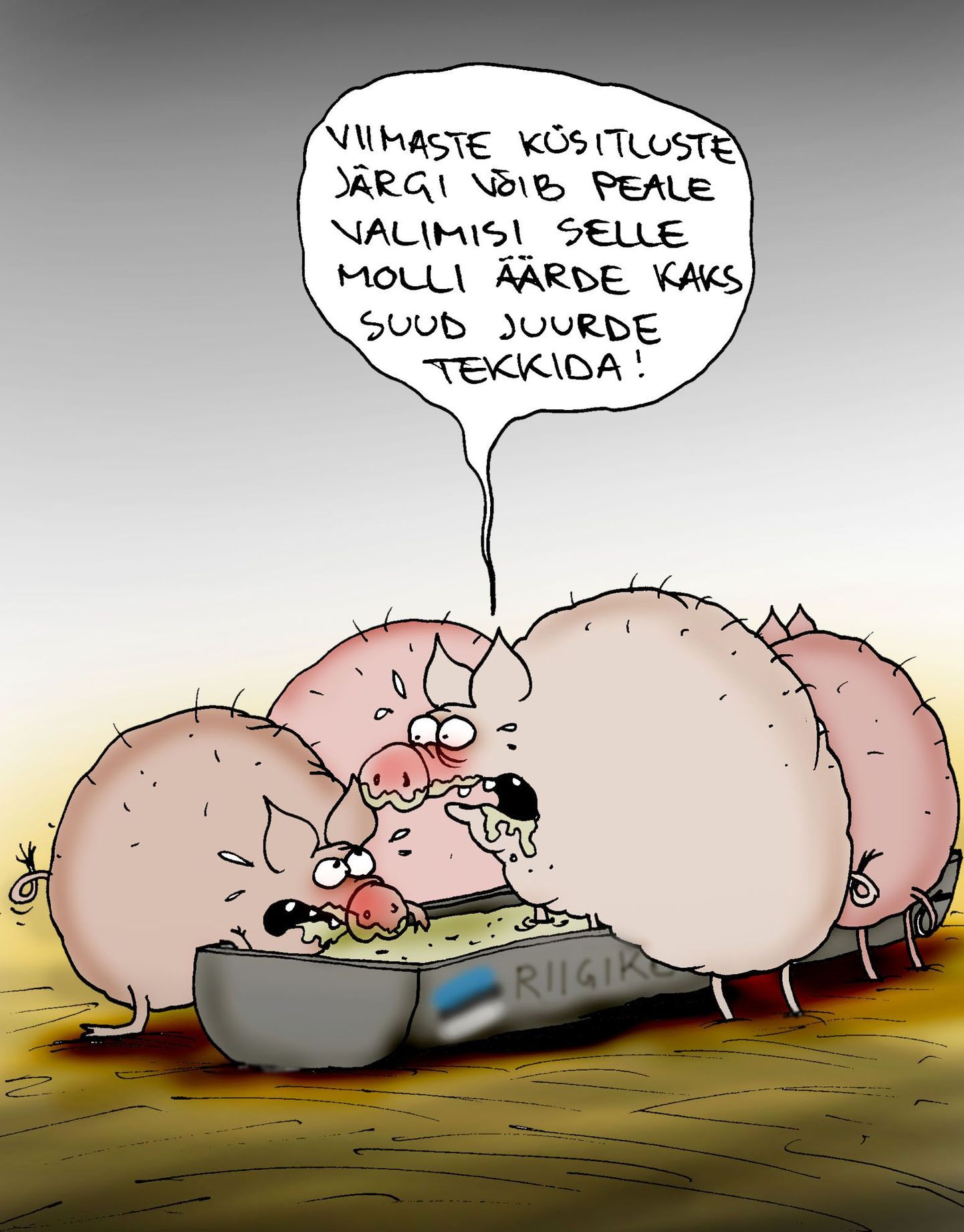
Two parties with no prior parliamentary experience look likely to clear the 5 percent threshold this time around – Free Party and EKRE.

Two parties with no prior parliamentary experience look likely to clear the 5 percent threshold this time around – Free Party and EKRE.
Already evidenced by Postimees/TNS Emor end-of January poll, this is now confirmed by an ERR/Turu-uuringute AS investigation. Just recently, at end of last year, polls predicted a four-party parliament – again.
Let’s take not that the election campaign, by some loudly denounced as near-nonsense, does have an effect. During run-ups to elections, the undecided crowd tends to shrink – a large part of active campaign elements intentionally geared towards those.
Also, public polls come with the self-fulfilling prophecy effect. For a voter, it’s quite prudent to ask why «waste» his vote on folks doomed to be left out anyhow. According to University of Tartu research fellow Mihkel Solvak, even a glimmer of hope to make it will usually galvanise small party supporters (err.ee February 9th): «They sense their votes will probably not be lost when supporting the small parties, and therefore the percentage may be higher than it otherwise would be.»
Thirdly, one or two small parties getting into Riigikogu may rather drastically alter the construction of coalition. In that case, Reform Party can no longer take it for granted that they’ll be simply picking and choosing between IRL or SDE – probably, a third party needs to be sought for support. That, in turn, may mean that a party barely in Riigikogu but playing its cards right could punch above its weight in Estonian politics for four years to come, succeed in executing some of its promises and thus be able to grow. Acting as kingmaker in a coalition will open doors much wider that five or six seats in Riigikogu.
True, Free Party and EKRE aren’t in yet. The error margins of the polls are reality as well – a couple of percent up and down. The more so that we are currently talking about pan-Estonian popularity of the party «trademarks» as, at least in publicly available research results, the people in the election lists are not considered.
All told, however, the January polls do show both small parties have reason to try real hard: on the one hand, nothing is sure as yet; on the other, they just might make it into parliament and government.